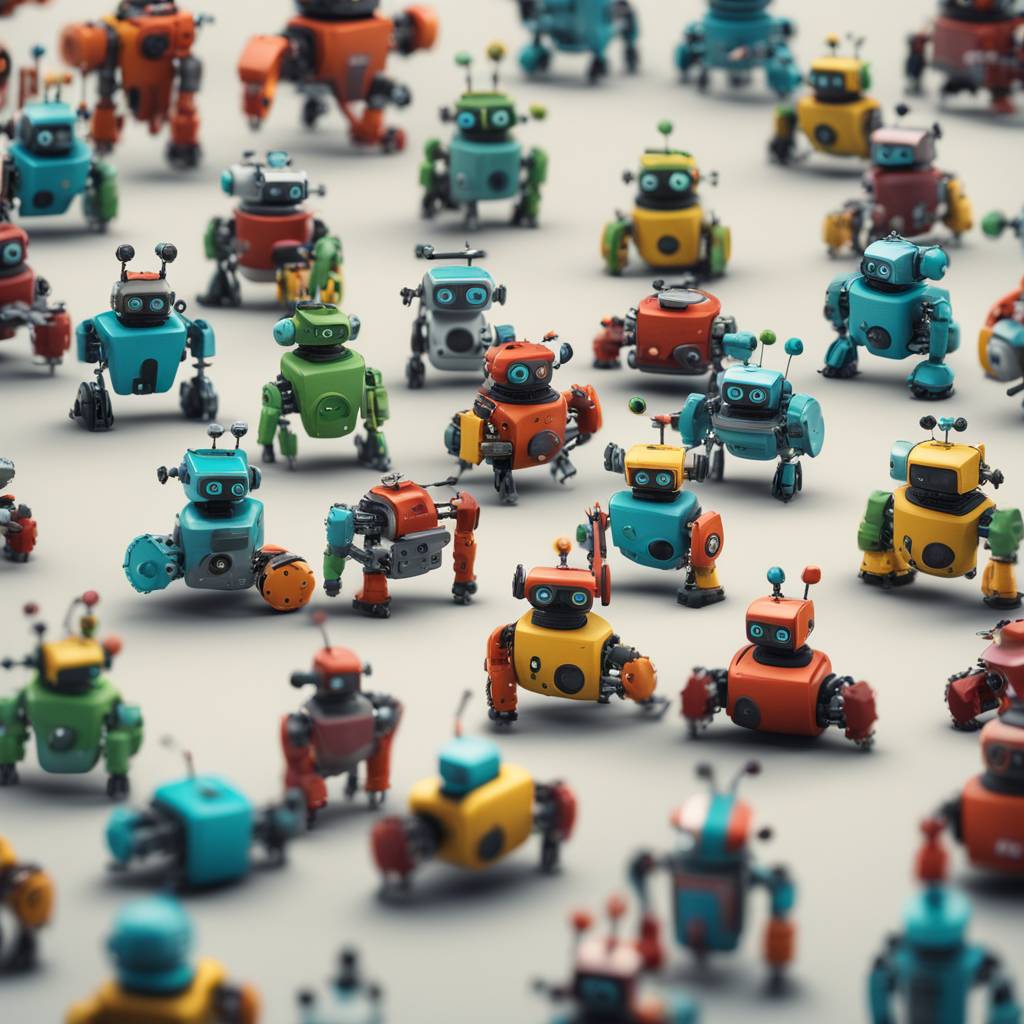Researchers from The University of Texas at Austin have been working on creating “smart swarms” of microscopic robots inspired by the herd mentality seen in natural ecosystems. The idea is that these tiny machines can act as a coordinated group, performing tasks better than they would on their own. By engineering social interactions among these robots, the researchers hope to understand more about the mechanisms that make collective behavior possible and reproduce it in their machines.
In a recent paper published in Science Advances, the team introduced a new trait called adaptive time delay to these swarms of microrobots. This concept allows each robot to adapt its motion to changes in its surroundings, increasing the responsiveness of the swarm without reducing its robustness. This finding builds on a novel optical feedback system introduced in a previous paper, enabling the development of adaptive time delay for the microrobots. The adaptive time delay strategy offers potential for scalability and integration into larger machinery, such as autonomous drone fleets or convoys of trucks and cars.
By utilizing adaptive time delay, these microrobots can better navigate complex environments and efficiently reach their target while avoiding obstacles or threats. This collective motion allows them to work together in challenging conditions, such as bloodstreams or polluted waters, where individual robots may struggle. The researchers aim to introduce more obstacles in their experiments to further test the capabilities of the swarm mentality, starting with tests in flowing liquid and eventually moving towards replication inside an organism.
Once fully developed, these smart swarms could serve a variety of purposes, such as advanced drug delivery within the human body or collective cleaning of contaminated water sources. This technology has the potential to revolutionize industries where autonomous coordinated movement is needed, offering increased operational efficiency and responsiveness. The researchers aim to continue exploring the applications of these smart swarms and how they can be integrated into various systems to enhance their capabilities.
The team’s research builds on the understanding of collective behavior seen in natural ecosystems, where groups such as flocks of birds or schools of fish work together to improve their chances of survival in the face of threats or challenges. By mimicking this behavior in microscopic robots, the researchers hope to unlock new possibilities for autonomous systems that can adapt to changing environments and work as a unified force. The potential applications for this technology are vast, ranging from medical advancements to environmental remediation efforts.
Overall, the research on smart swarms of microrobots represents an innovative approach to robotics inspired by nature. By harnessing the power of collective behavior, these machines can work together in a coordinated manner to achieve goals that would be difficult or impossible for individual robots to accomplish. The development of adaptive time delay and other novel strategies enhances the capabilities of these swarms and opens up new possibilities for their use in various industries and fields.


